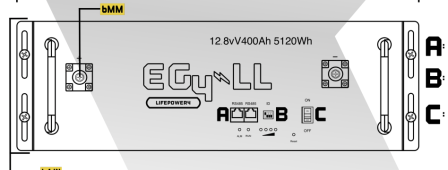NomadNorman
New Member
- Joined
- Nov 19, 2022
- Messages
- 11
I am having an overland trailer custom built and am planning out my solar system. I'd appreciate feedback on this build that someone else designed for me. The trailer will have 12v fridge, 1x12v roof a/c, and roof space will be roughly 7'x20', minus the a/c. It will be 50A.
I am undecided on batteries but leaning towards 3xEG4 12v 400Ah server racks which will be placed underneath the bed, well insulated.

I am undecided on batteries but leaning towards 3xEG4 12v 400Ah server racks which will be placed underneath the bed, well insulated.
| 4XQ CELLS, Q.PEAK DUO XL G10.3/BFG 480W, PV MODULES |
| Victron Energy SmartSolar MPPT 150/85-Tr VE.Can |
| Victron Energy Battery switch ON/OFF 275A |
| Victron Energy MultiPlus-II 12/3000/120-50 2x120V (UL) |
| Victron Energy RJ45 UTP Cable 0.9m |
| Victron Energy Interface MK3-USB (VE.Bus to USB) |
| Victron Energy Cerbo GX |
| Victron Energy GX Touch 70 |
| Victron Energy Lynx Distributor (M8) |
| Victron Energy Lynx Shunt VE.Can (M8) |
| Victron Energy MEGA-fuse 100A/32V (package of 5 pcs) |
| Victron Energy MEGA-fuse 250A/32V (package of 5 pcs) |





